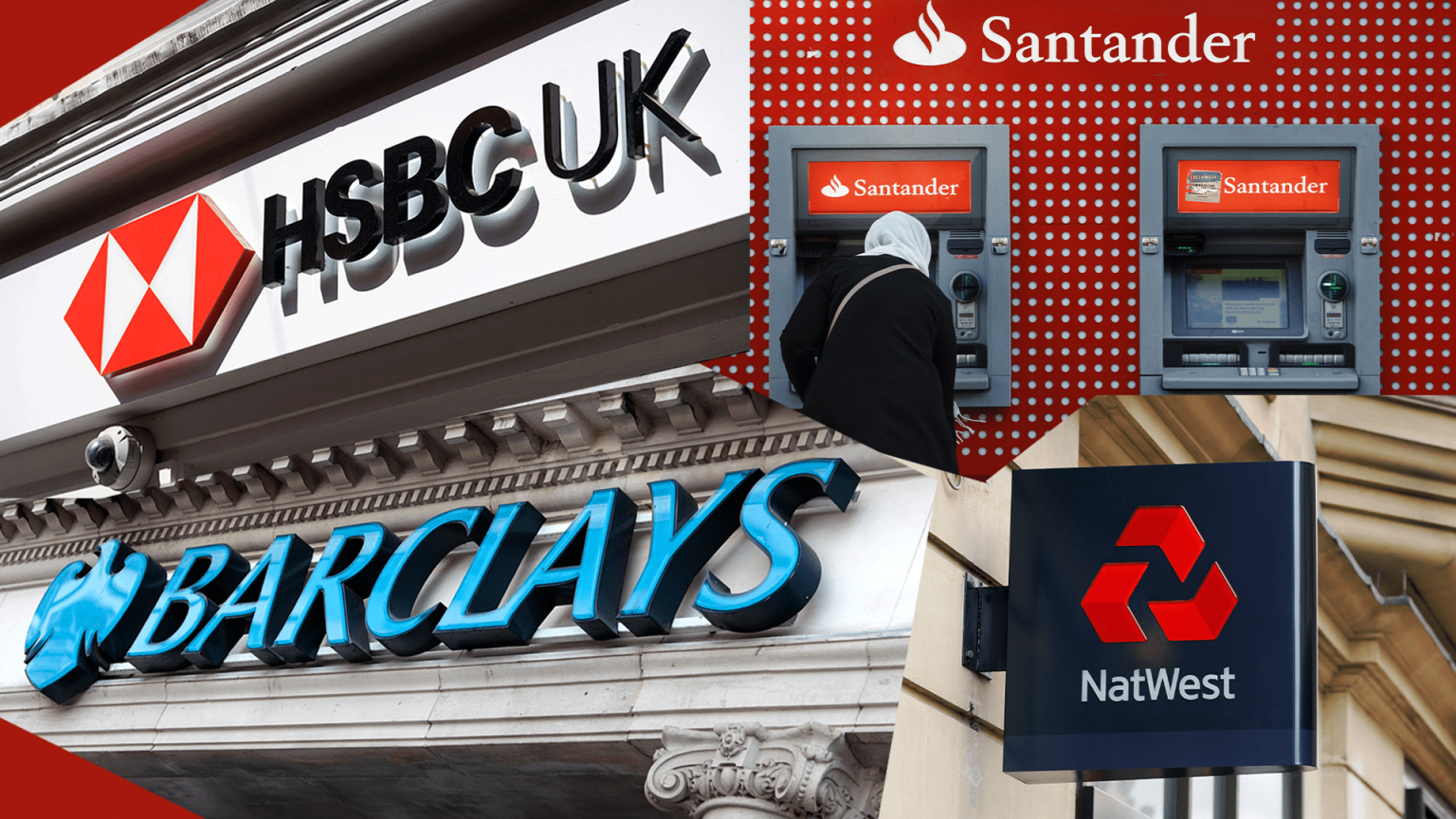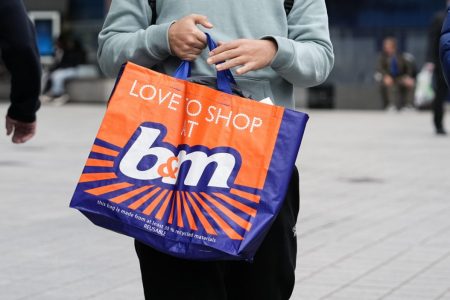The closure of over 6,000 bank branches since 2015 has made physically visiting a bank increasingly inconvenient. Despite this trend, many people still receive cheques, particularly as gifts. Fortunately, the need to trek to a branch to deposit a cheque is a thing of the past for most account holders. The vast majority of banks and building societies now offer cheque imaging functionality within their mobile banking apps, allowing customers to deposit cheques from the comfort of their homes. This process leverages smartphone camera technology, akin to scanning a QR code. The user simply lays the cheque on a flat surface, usually against a dark background for optimal image capture, and snaps a picture within the banking app. The app then processes the image, extracts the relevant information, and credits the funds to the designated account, often within minutes, though clearing times vary between institutions.
The specific details of mobile cheque deposit vary between financial institutions. While the core process remains consistent—photographing the cheque and submitting it through the app—banks impose different daily and per-cheque limits. For example, Barclays allows up to four cheques per week, each with a maximum value of £5,000, while NatWest Group (including RBS) permits deposits of up to £5,000 per day, with individual cheques capped at £1,000. Lloyds Banking Group (including Bank of Scotland, Halifax, and Lloyds Bank) offers the highest daily limit at £10,000. Other banks, such as HSBC, First Direct, Santander, Starling Bank, TSB, and Virgin Money, also offer mobile cheque deposit with varying daily limits. These limits are crucial to understand, as exceeding them will necessitate a trip to a branch or Post Office.
The process for depositing a cheque through mobile banking apps is generally straightforward and user-friendly. Most apps provide clear, step-by-step instructions within the app itself. Typically, the user navigates to a section dedicated to payments or deposits within the app. They then select the option to deposit a cheque, enter the cheque amount, and photograph both the front and back of the cheque, following the app’s guidance on optimal image capture. After submission, the app generally provides a confirmation message and details regarding the expected clearing time. It’s important to retain the physical cheque until the funds have cleared into the account, as some banks may require it for verification in case of discrepancies.
While the widespread adoption of mobile cheque deposit has greatly improved convenience, several banks and building societies still lag behind. Institutions like Atom Bank, The Co-operative Bank, Coventry Building Society, Danske Bank, Leeds Building Society, Nationwide, Skipton Building Society, Tandem Bank, and Yorkshire Building Society currently do not offer this service through their apps. For customers of these institutions, depositing a cheque still requires a visit to a branch or utilizing alternative methods such as postal deposit. It’s always advisable to check directly with your bank or building society for the most up-to-date information on their cheque deposit procedures.
The specific clearing times for deposited cheques also differ between banks. Some banks, like HSBC and First Direct, offer remarkably fast clearing times, with cheques deposited before a certain cut-off time becoming available the next working day. Others, like Monzo and NatWest, typically require two to three business days for the funds to clear. These variations in processing time are important to consider, especially when relying on the deposited funds for time-sensitive payments. Always consult your bank’s specific terms and conditions for accurate information on clearing times.
The rise of mobile cheque deposit has revolutionized the banking experience, particularly amidst branch closures. It empowers customers with greater control over their finances, eliminating the need for time-consuming branch visits simply to deposit a cheque. This technological advancement highlights the ongoing shift towards digital banking solutions, providing increased convenience and accessibility for customers in the modern age. However, it’s essential to remain aware of the specific limits and procedures imposed by each financial institution to ensure a smooth and efficient deposit process. Always verify the details with your bank and adhere to their guidelines to avoid delays or complications.











